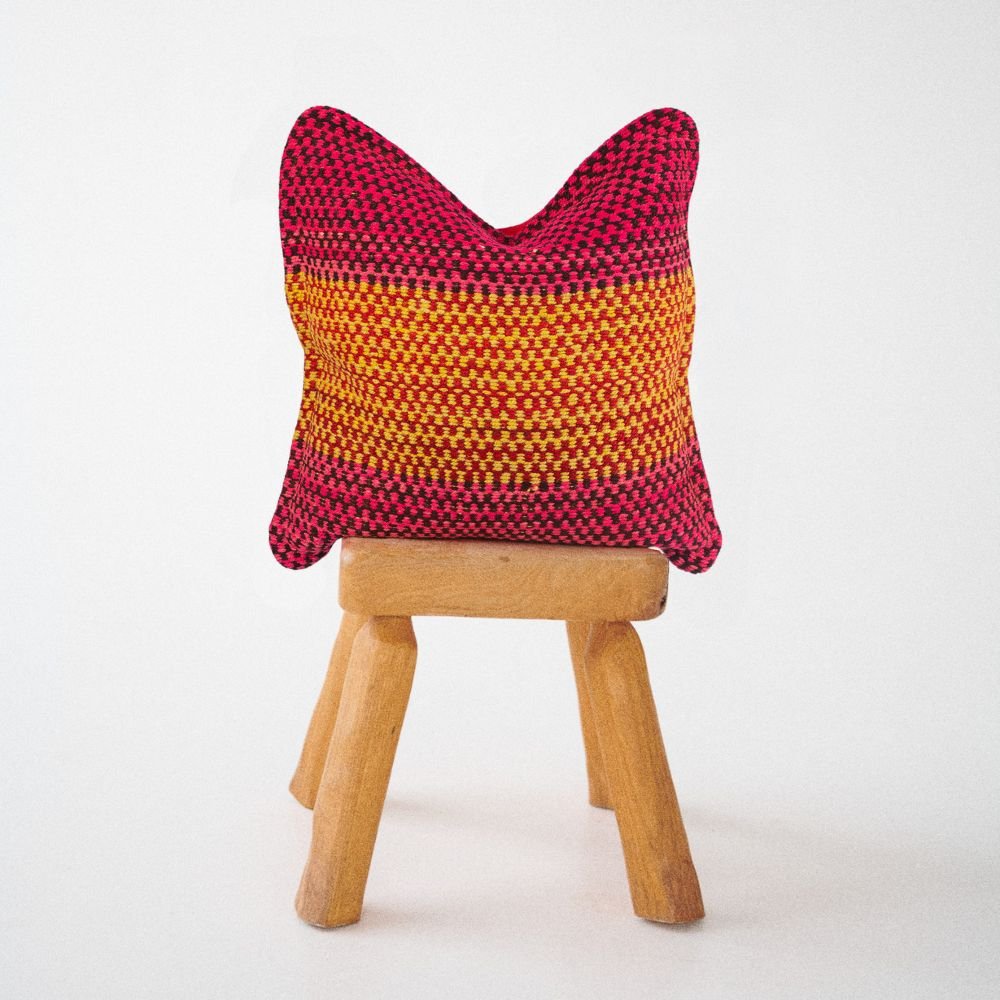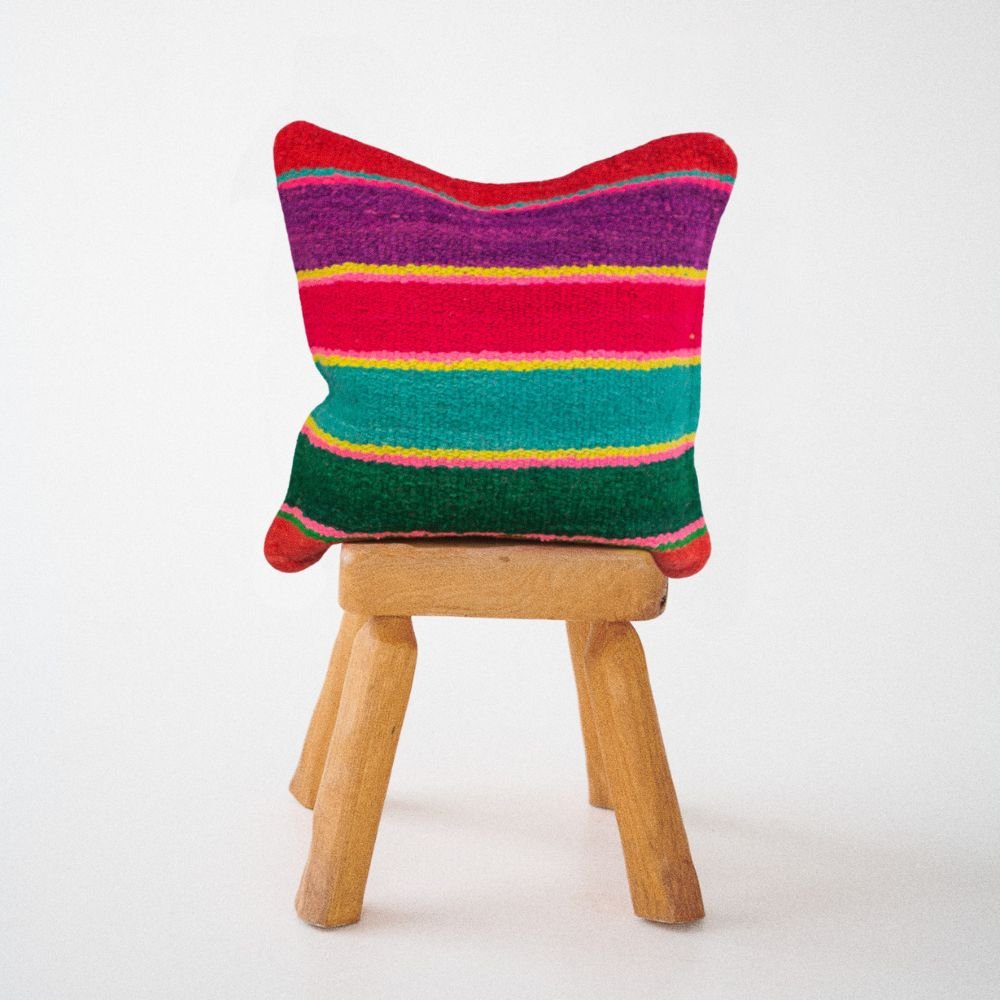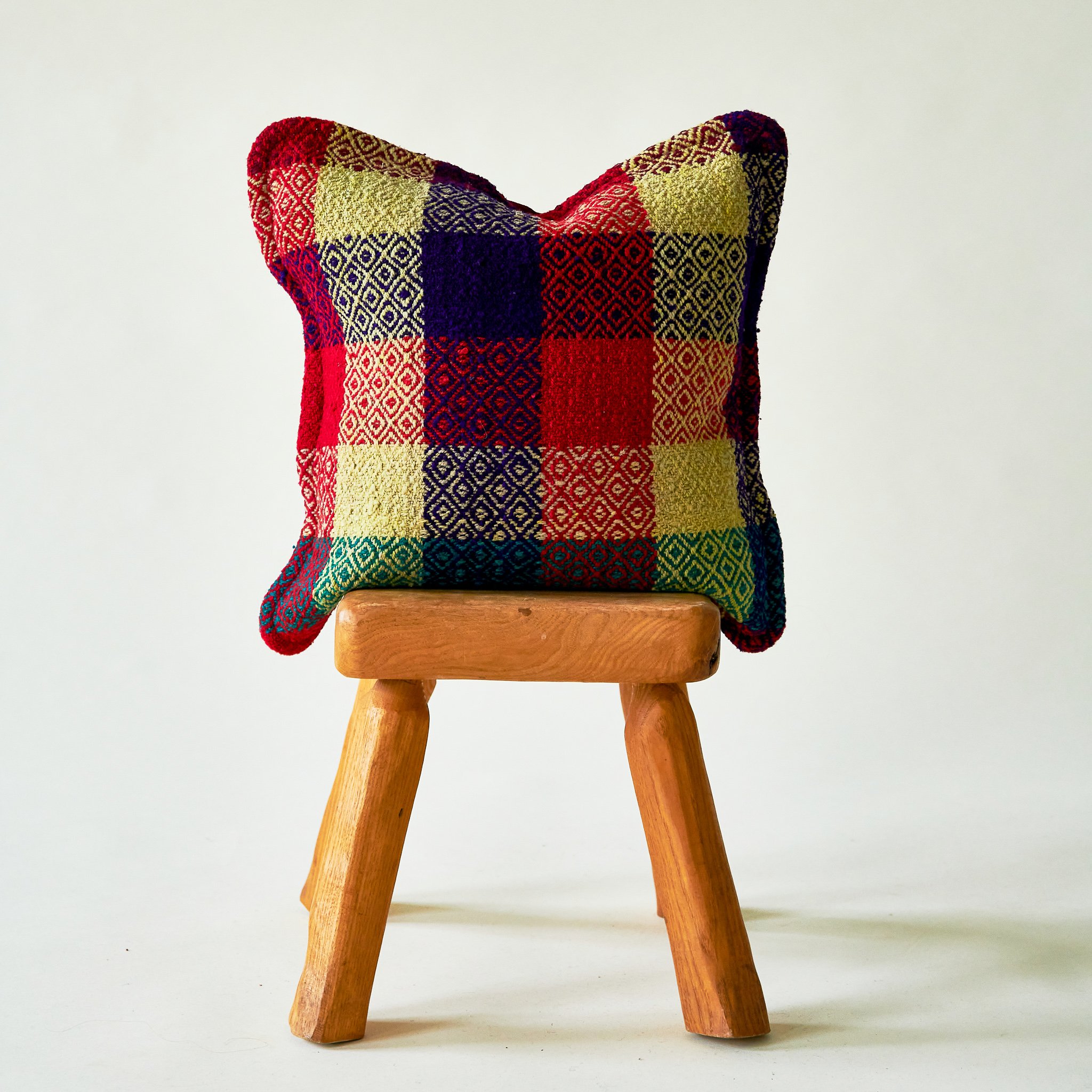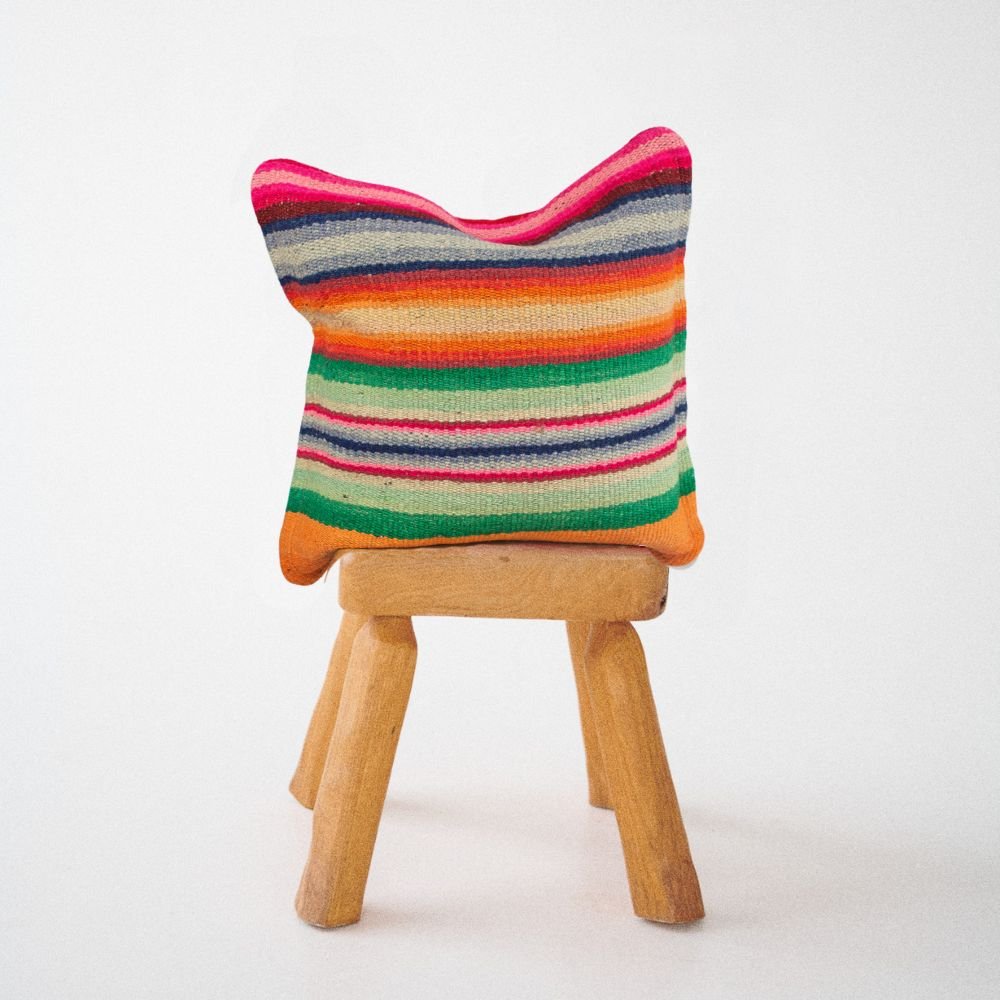A Dying Trade
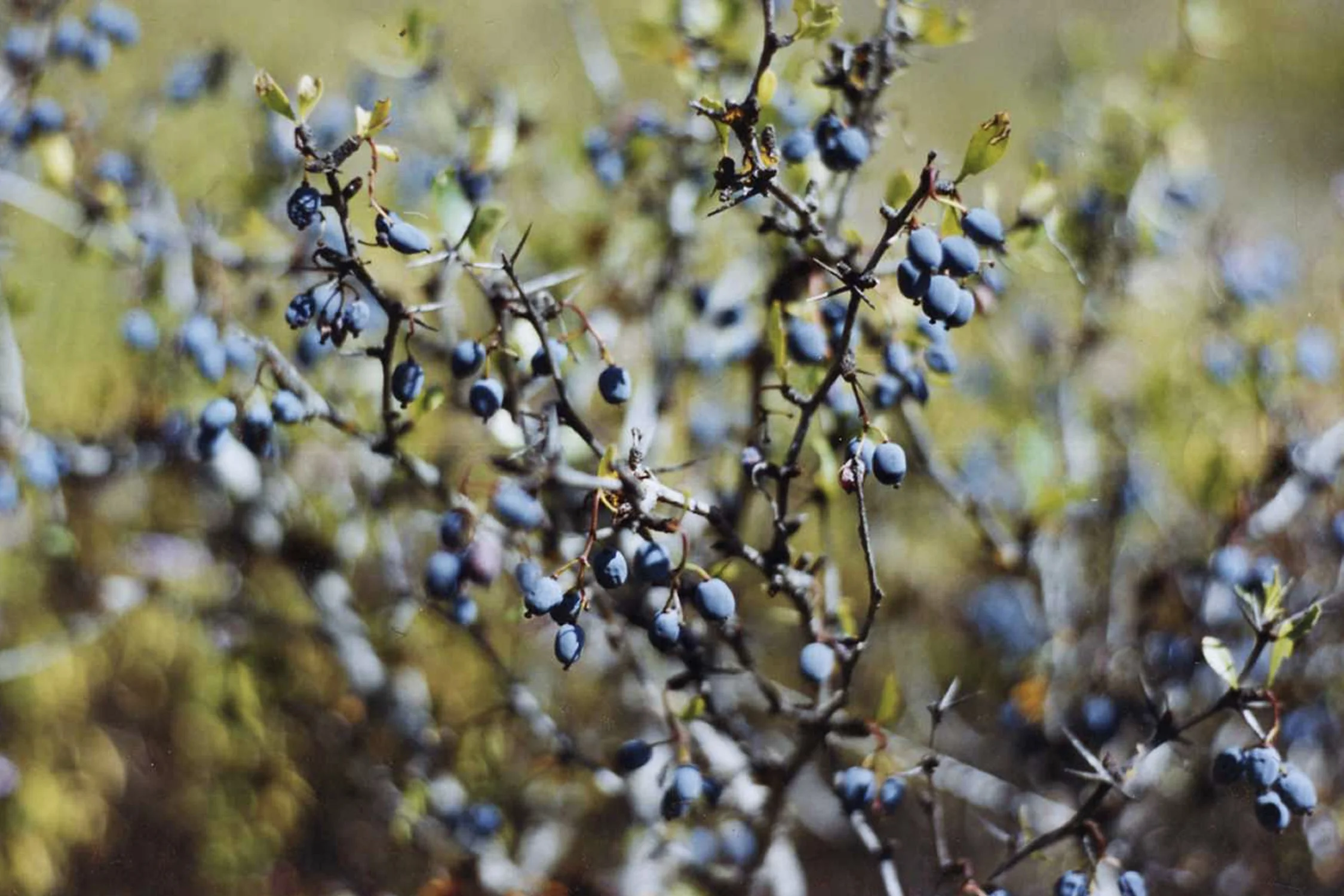
Snaking down through Latin America we heard countless rumours about the handmade organic textiles of the Andes. Every country we visited held their own traditions and relationships with their textiles depending on the climate and resources that are available.
After hearing amazing things a Sunday market in Guatemala left a huge impact on us and really helped us appreciate the quality and intricacies of handmade textiles around Latin America.
However it wasn’t until we arrived in the Andes that we learnt the full extent of how these beautiful textiles are constructed.
The ever changing landscapes of the andes coincide with the explosion of colour you see throughout their textiles
Not only do our artisans weave or knit their textiles by hand from the yarn that they have spun which has been sheared from an alpaca or sheep, often raised by their family. The wool dyes they use to colour their products are all naturally sourced plants or insects.
It blew us away that all of their products were 100% handmade and not a single step of the whole process involved a machine, something that I just took as fact for how the vast majority, if not all of my garments or textiles at home were made.

The women spend hours, days and months making these elaborate textiles which is astonishing, however the colouring of the materials was something that we’d never come across. We were amazed that all colours could be created naturally especially some of the sharper or deeper colours that you wouldn’t imagine came directly from the earth.
It’s hard to imagine how the whole process works and what the plants or insects look like and also how they manage to extract the colours. We were lucky enough to meet an Andean lady who showed us how the land can produce such incredible colours.
The majority of the colours are extracted from various plants that grow in the countryside and nearby forests. They are normally collected by a few women that have inherited the know-how from older generations where to find them. The plants are then dried and can be kept for up to 5 years.
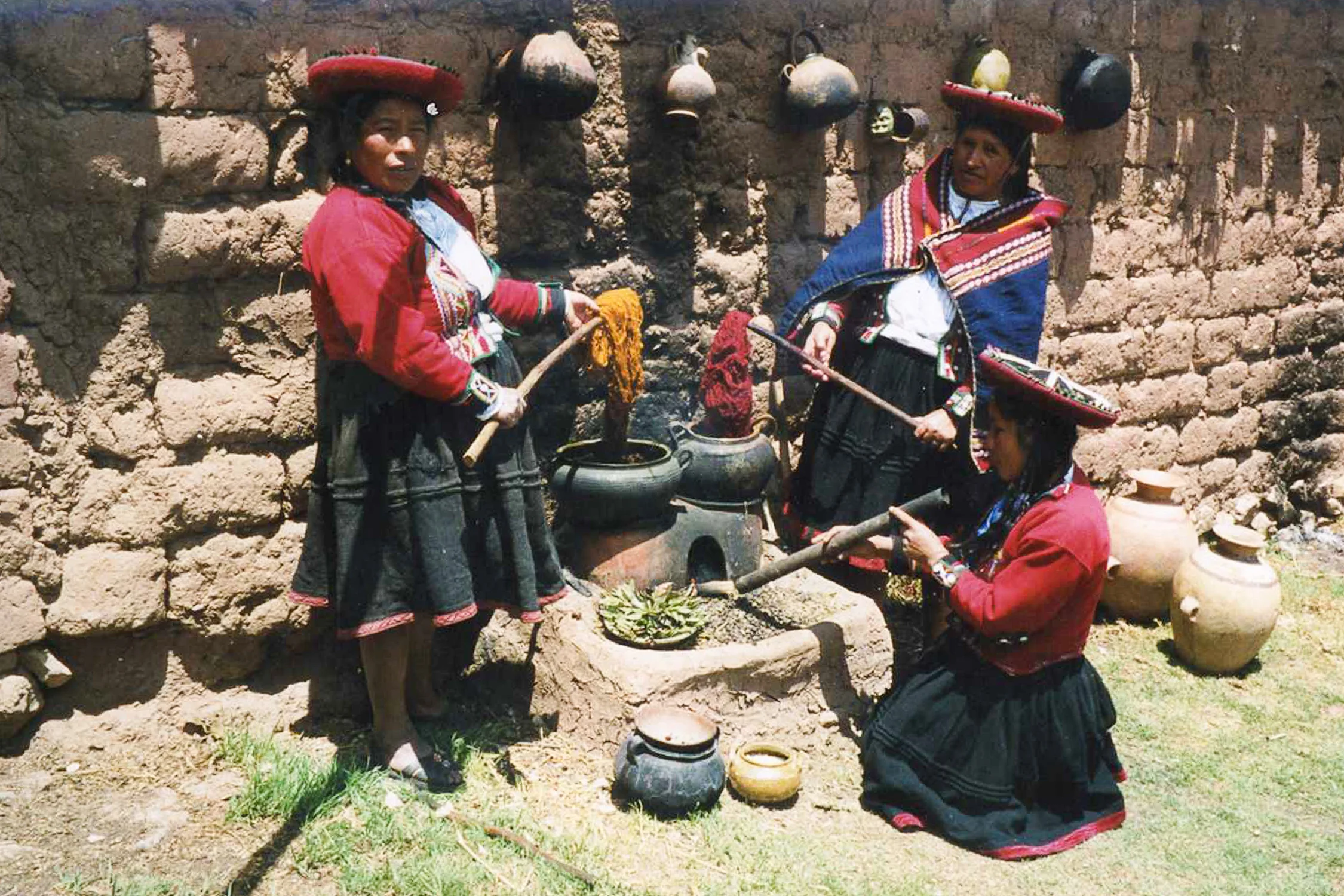
Three Ladies in Chinchero in the 80’s showing how vibrant colours are achieved in their textiles. The lady on the left in our beloved artisan Alejandra.
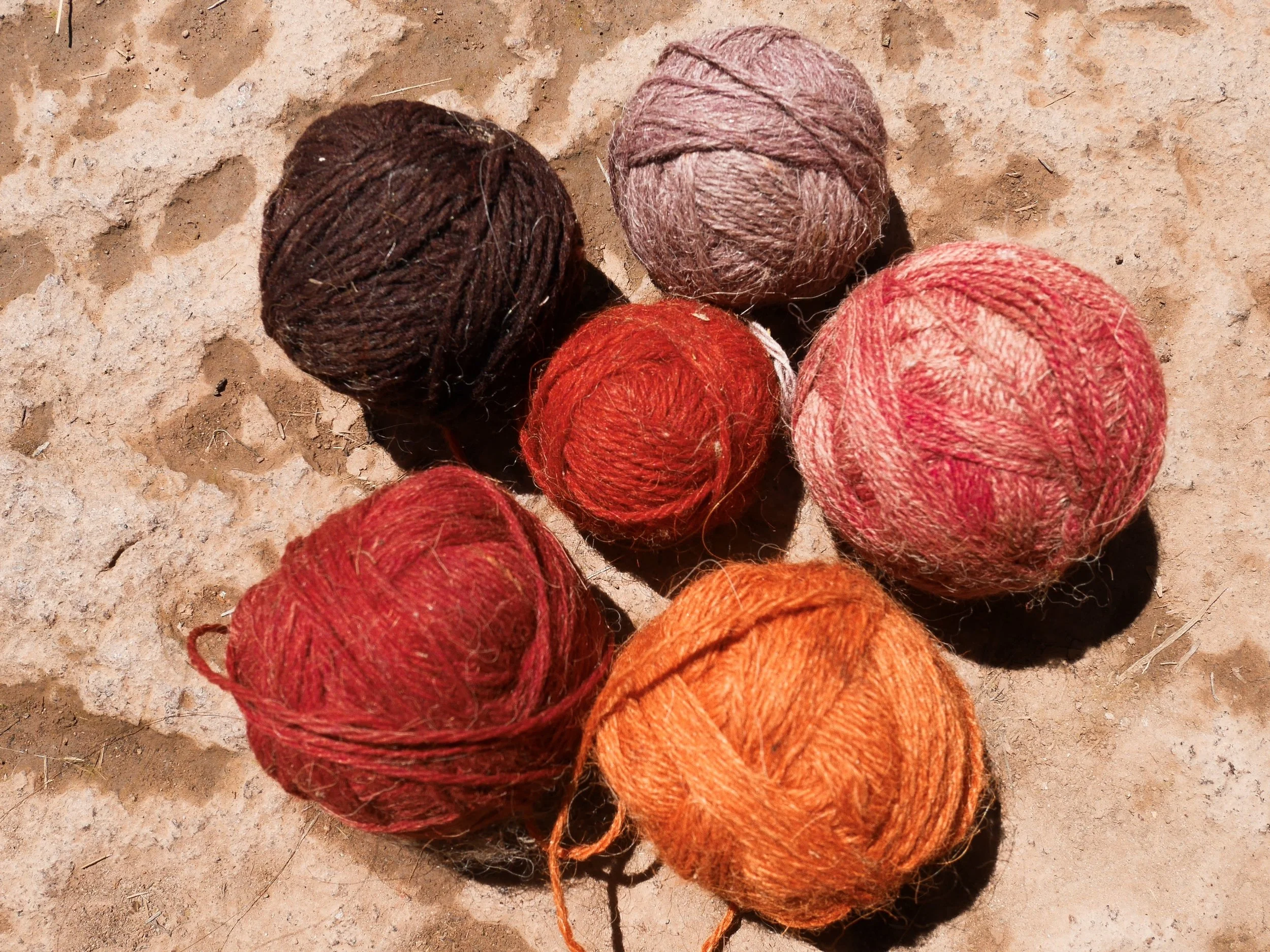
Naturally died yarn, ready to be woven.
When the fibre has been spun into a fairly thick, loose yarn it is ready to be dyed, although pre spun fibre is also dyed, depending on the colour and the intensity of the desired yarn.
The colouring agents are added to a large caldron of boiling water and simmered for an hour or so depending on the size of the pot and the amount of fibre that is getting dyed, the yarn is then added and agitated until completely saturated.
The depth of the colour depends on the amount of plants used and the length of time each yarn is boiled. It then gets fished out, rinsed and dried in the sun. The yarn can then be spun into various densities depending on the textiles that are to be made.
The whole process is a mix between science & art. There are no strict guidelines and the weaver uses their own creativity for the desired end product. Similar to a chef making a signature broth, the artisan concocts the preferred colour intensity & tone, which is what makes each product so individual and special.
PROCESS & COLOURS
The most interesting and probably the most iconic ingredient used for dyeing wool are small scale insects called cochineal that live on the prickly pear cactus that runs throughout Latin America.
The tiny insects lay their eggs on the cactus and use it as a source of nutrients throughout their lives. The cochineal are collected by carefully scraping the cactus with a brush or knife and knocking the bugs into a bowl, they are then dried in the sun and ground into a powder with a heavy stone or pestle and mortar.

Tom discovering “first hand” the deep reds of Cochineal, straight off the Cactus in Colca Canyon, Peru.
The powder can then be added to boiling water. Fixatives such as natural salts are added to the red mixture so that the wool dye doesn’t wash out or fade away. This is used to make a wide range of colours including Pinks, Purples as well as 40 different shades of Red.
Cochineal has a long and exciting history, used by Incas and Mayans for hundreds of years it became highly sought after when the Spanish arrived in the 15th century. It became one of the most valuable commodities in the world, as the thirst grew for royal red garments amongst the rich and wealthy of Europe.
This continued up until synthetic dyes were introduced and Cochineal production plummeted. Today Cochineal is used more so in cosmetics and the food and beverage industry, but still has a presence in more traditionally made garments across Latin America.
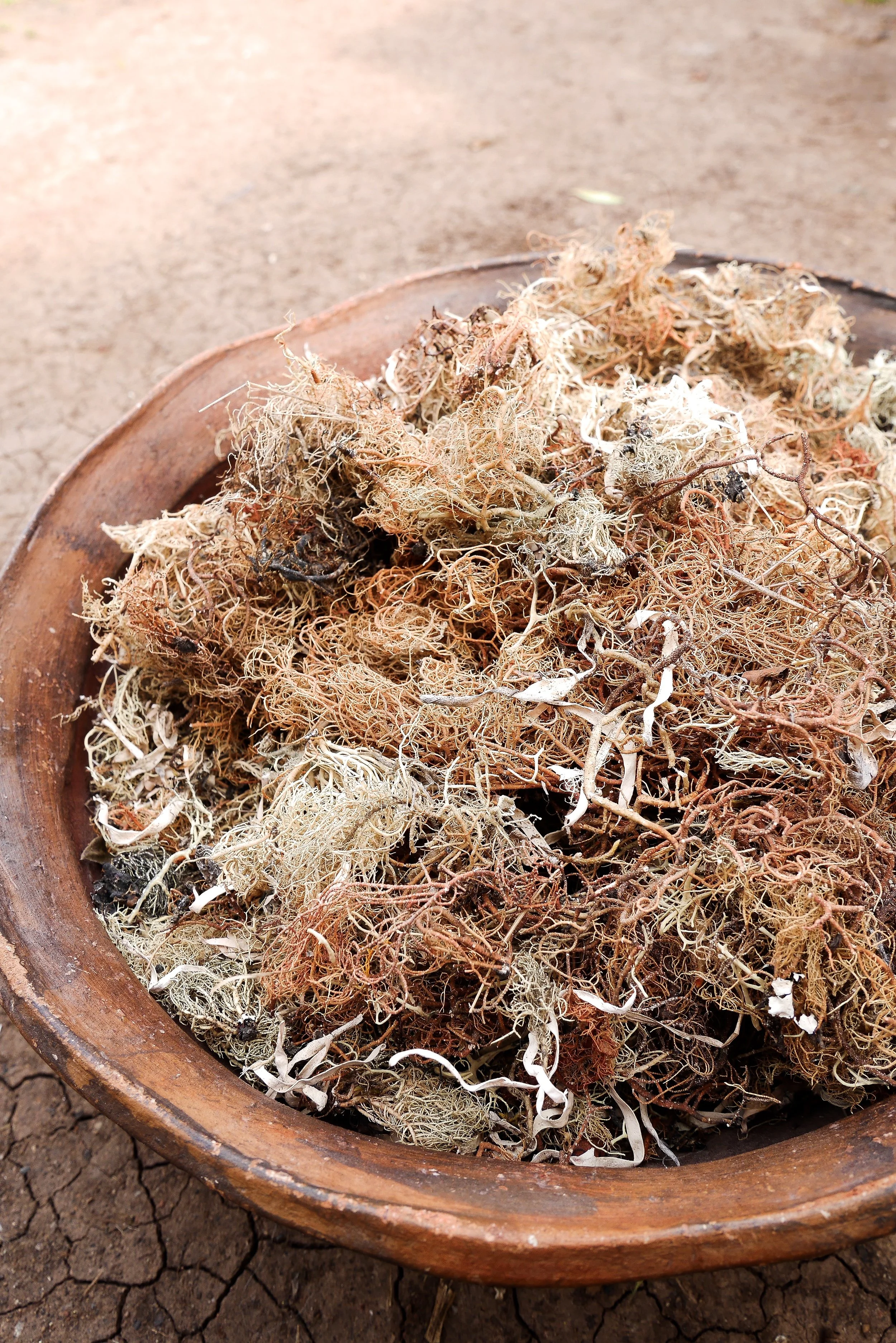
Sacha-Sunca. The colouring agent used to make oranges and browns
There are various different recipes used to make the coloured natural dye, it depends on the main ingredient which is usually a plant and also the quality of the fixing agent used. The knowledge is passed down through generations and is almost a right of way into adulthood to be able to demonstrate how to turn fibre into the colourful textiles they can create.
The array of colours that can be produced directly from the earth is truly astonishing, we were lucky enough to be able to see the dying first hand while learning from a couple of passionate locals what makes each colour.

Dark Greens are made from the fungus that grows on the straw like Kinsa-Kuchu leaf.
Mustard Yellow is produced from the bark of a yenale tree found in high altitude.
Chapi or palo palo have creeping stems which branch and grow across the ground, when harvested and boiled produce a Terracotta Orange.
Sacha-Sunca (pictured above) or Q'aq'a Sunkha in quechua produces Dark Orange and Brown shades, it is a type of lichen and when dried looks like brown beard hair.
Another quite iconic ingredient used throughout Peru is Chilca, a leafy plant with white flowers. When added to the boiling pot with the fixing agent Collpa (a mineral found in the jungle) it produces various shades of Green.
Indigo or Anil is one of the colouring agents that produces varieties of Blue or Purple while other weavers use a bean like pod called tara which is also combined with Collpa in the colouring pot.

The before and after shot of dyeing wool yellow and then spun into yarn.
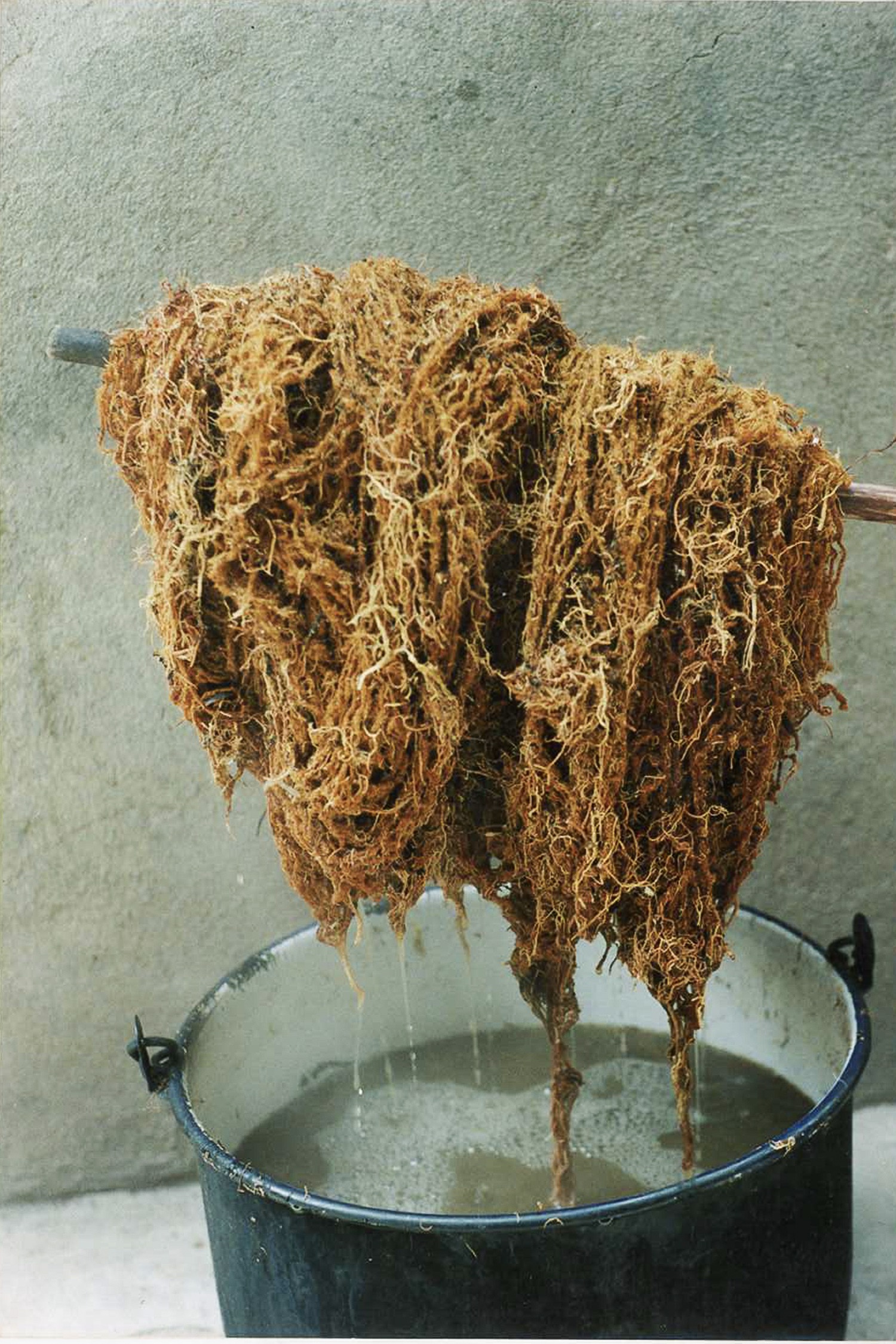
Rinsing of the yarn, post boiling pot. This would have then been set to dry in the sun.
These are just a few of the wide range of plants & natural materials used - ingredients and techniques vary from region to region depending what is readily available.
While learning about dying textiles one of our artisans shared an old tradition about how they used to alter the shade of colours, with nothing other than... pee.
Once the yarn had been soaking with the dye people would pee in the boiling pot either to make lighter or darker colours. Bringing a whole new meaning to the colour Pea Green. We can assure you though that this technique has been altered throughout the years and pee replaced with lime juice, meaning all of our rugs are 100% pee free.
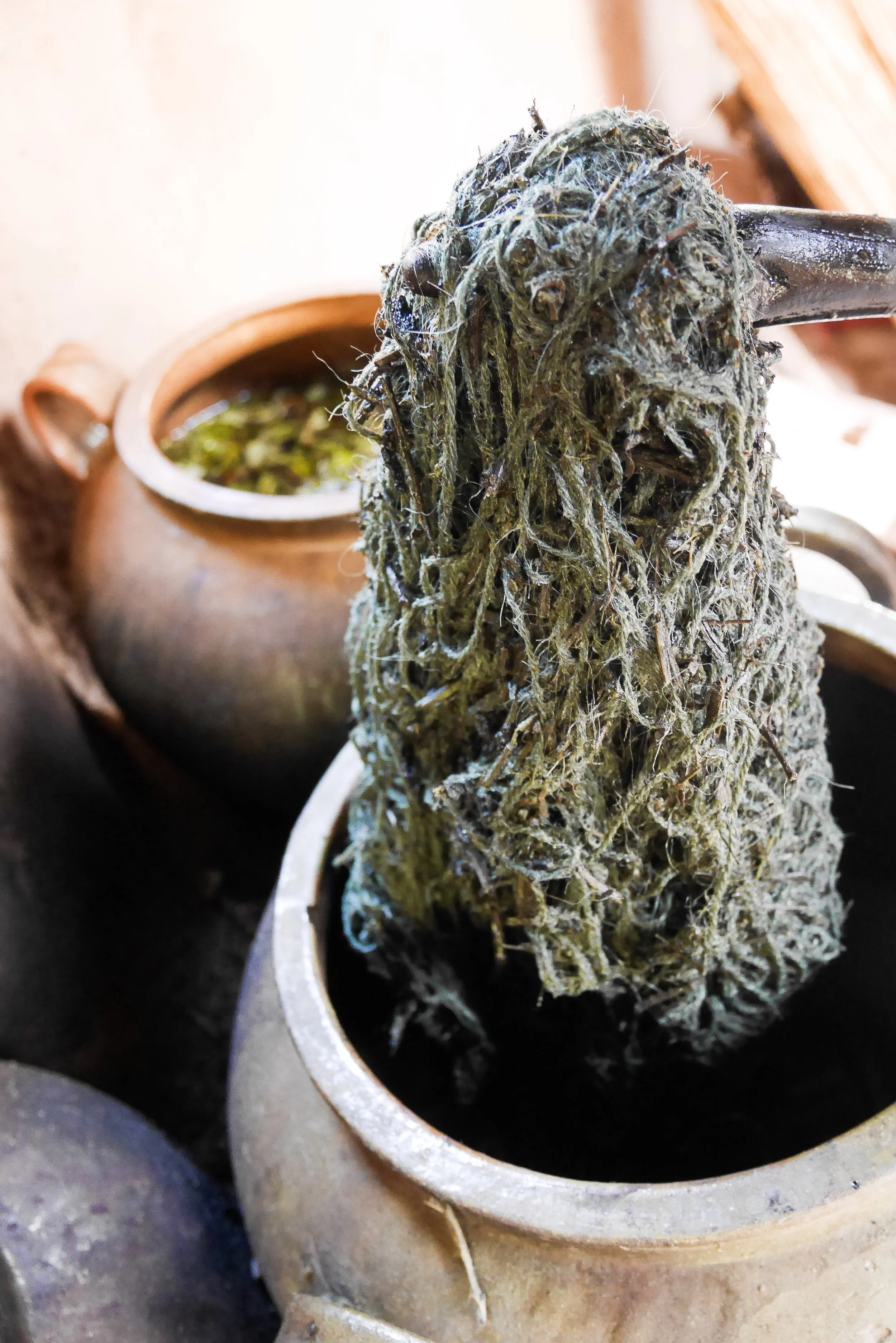
Green yarn that has been dyed with Chilca. A very important ingredient across the Andes.
Although all of the colouring techniques have been passed down through many generations they still are frequently used today and hopefully will continue to be used in years to come.
The organic and natural wool dyes are sustainable and help to reduce the amount of man made synthetic dyes. They also play a huge factor in sustaining cultural heritage in countries that are fastly becoming more cosmopolitan.

Minerals are used in the process to fix the colours onto the yarn.
WASHING NATURAL DYED TEXTILES
Washing natural dyes is something that should be handled with care. Use water that is no hotter than 30 degrees celsius. Hand washing is preferred, with as little agitation as possible as this can lead to colours running.
Use only water or a detergent that is PH neutral, typically wool specific detergents, as many of the wool dyes change shade when exposed to acid or alkali.
Product Search
Woven Rosa Handmade Naturally Dyed Rugs

Woven Rosa Naturally Dyed Cushions






























